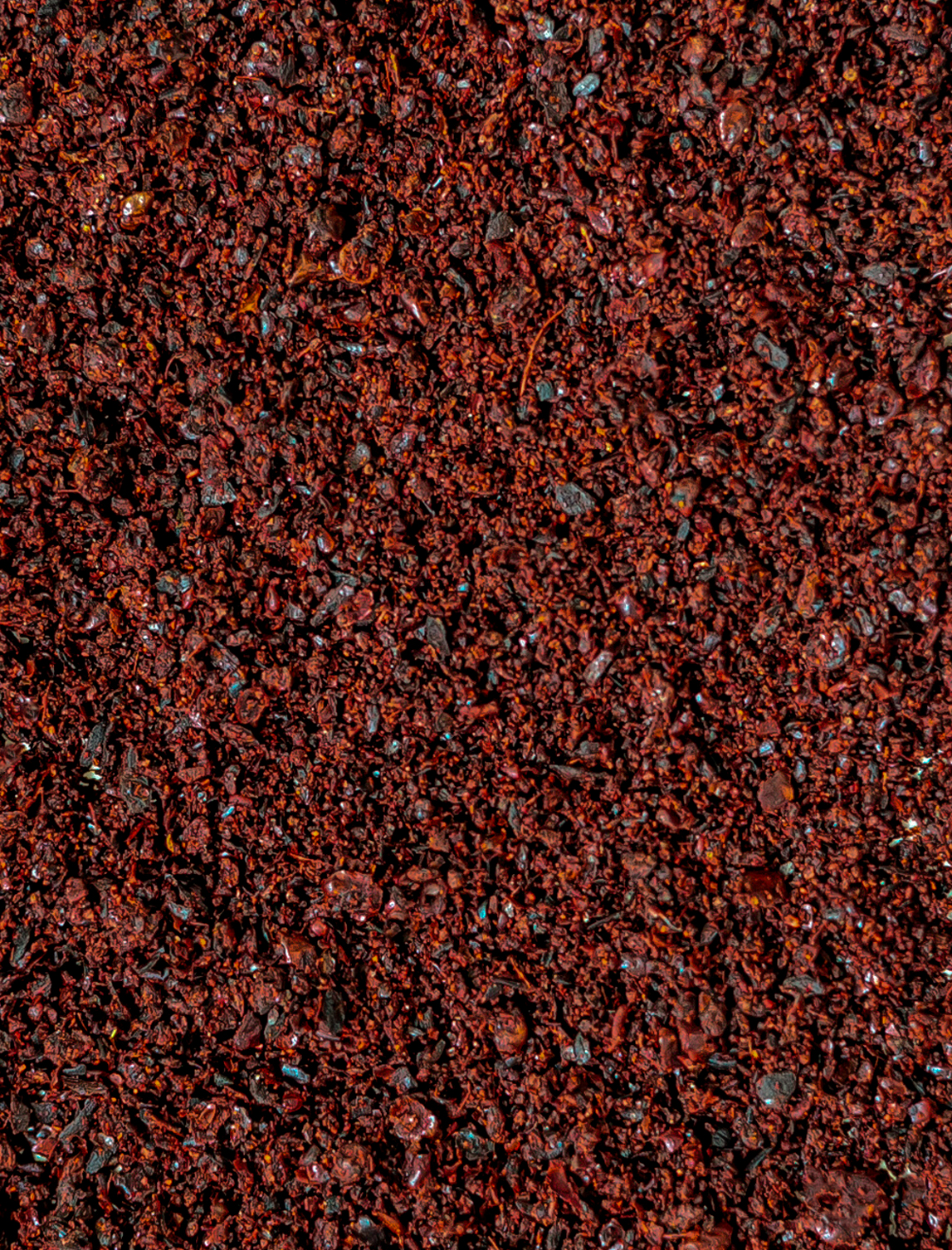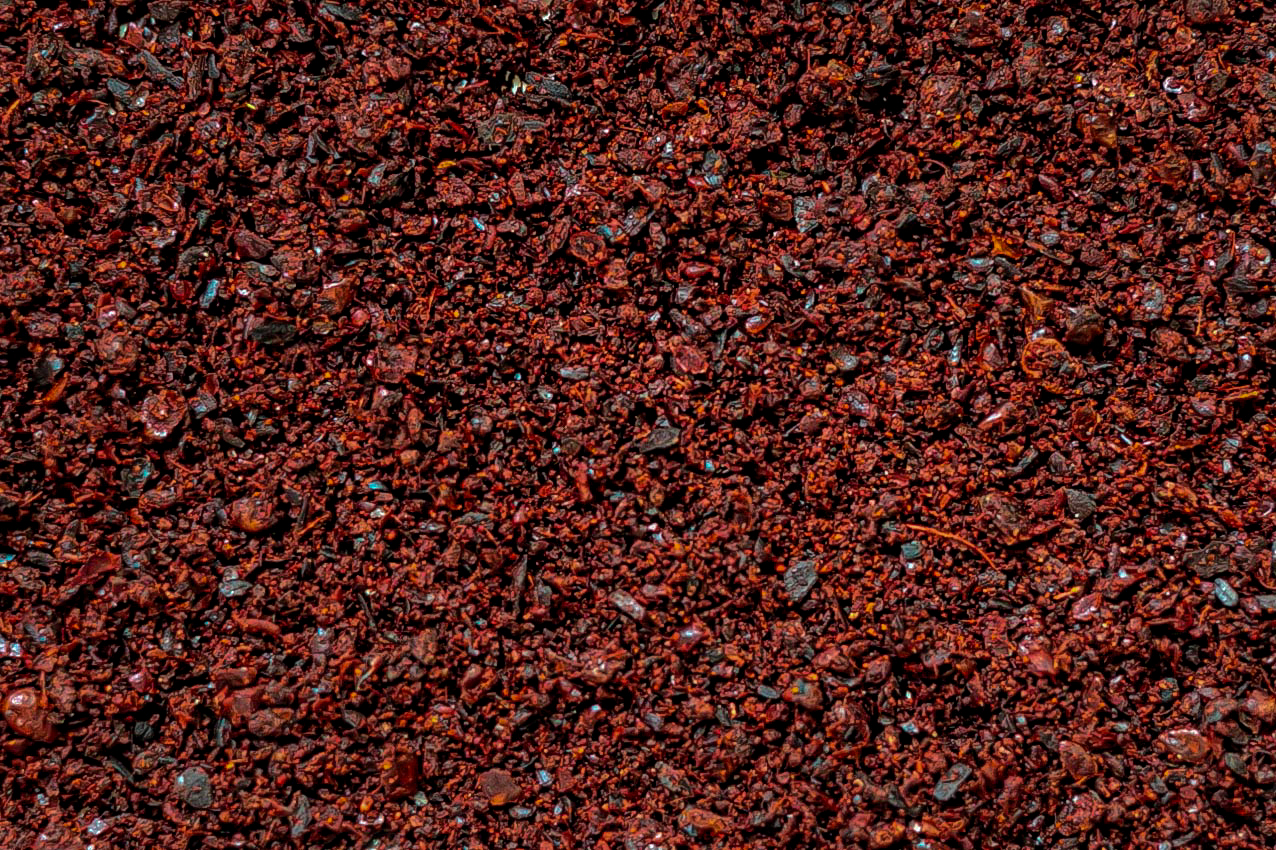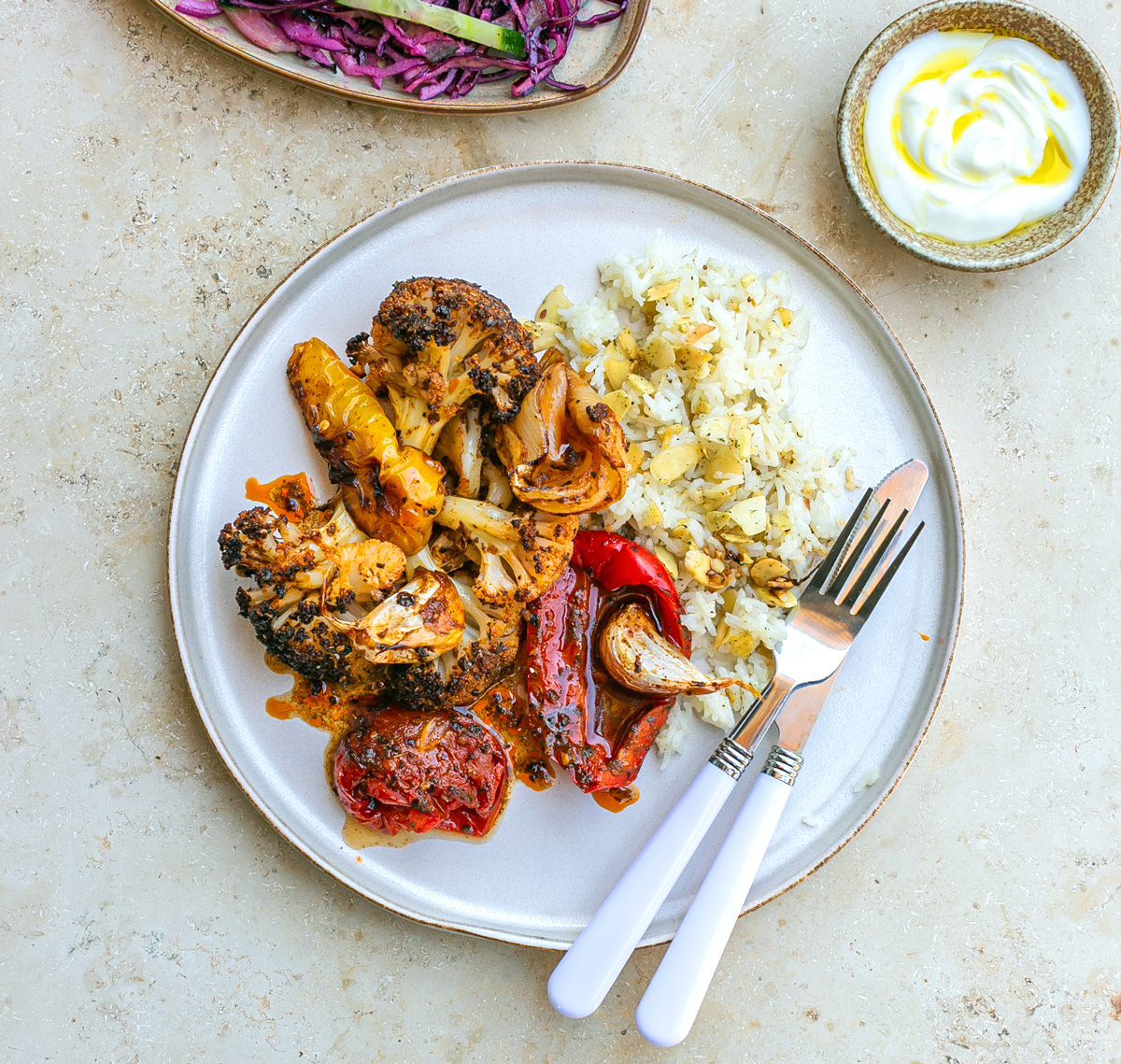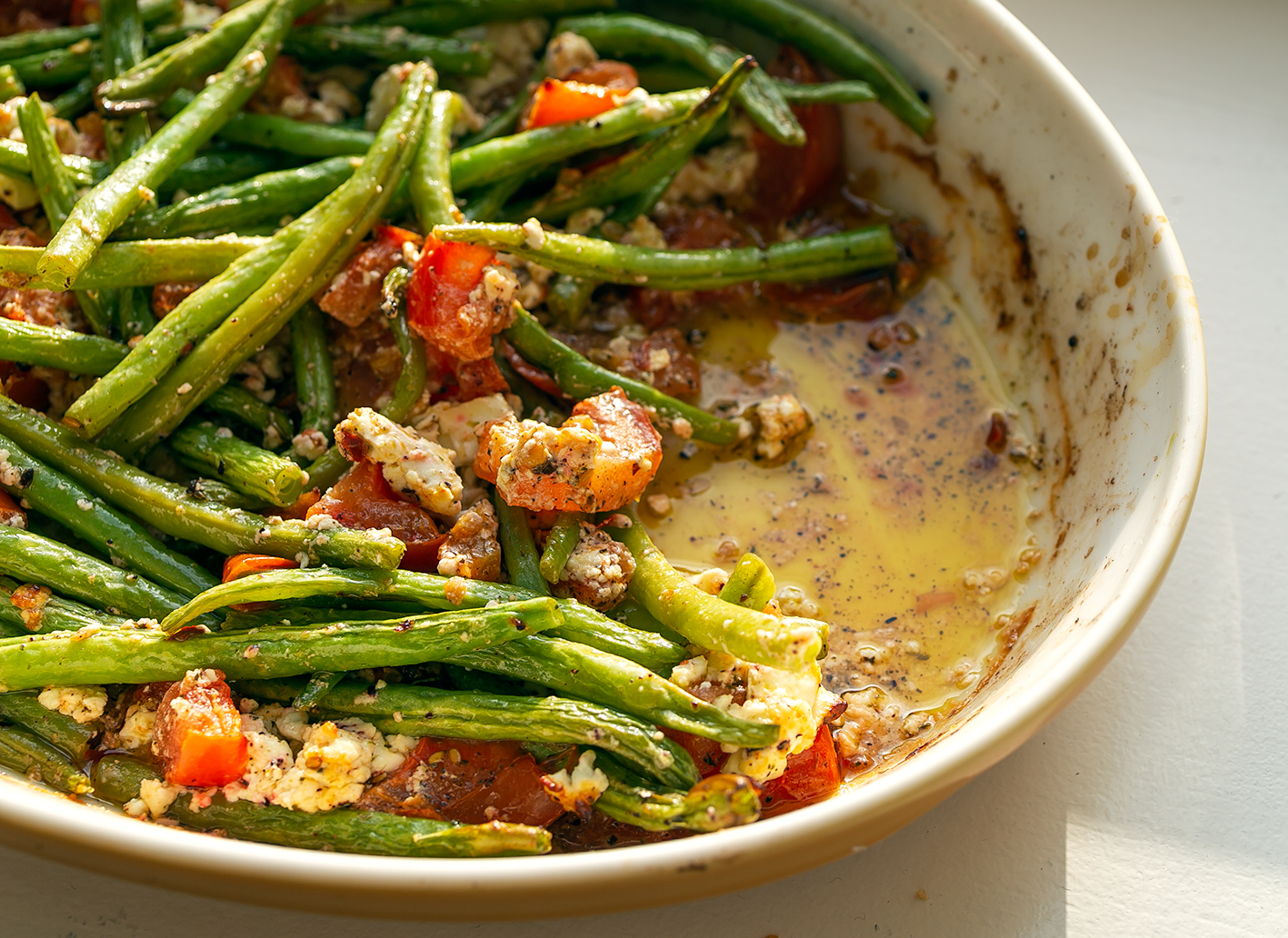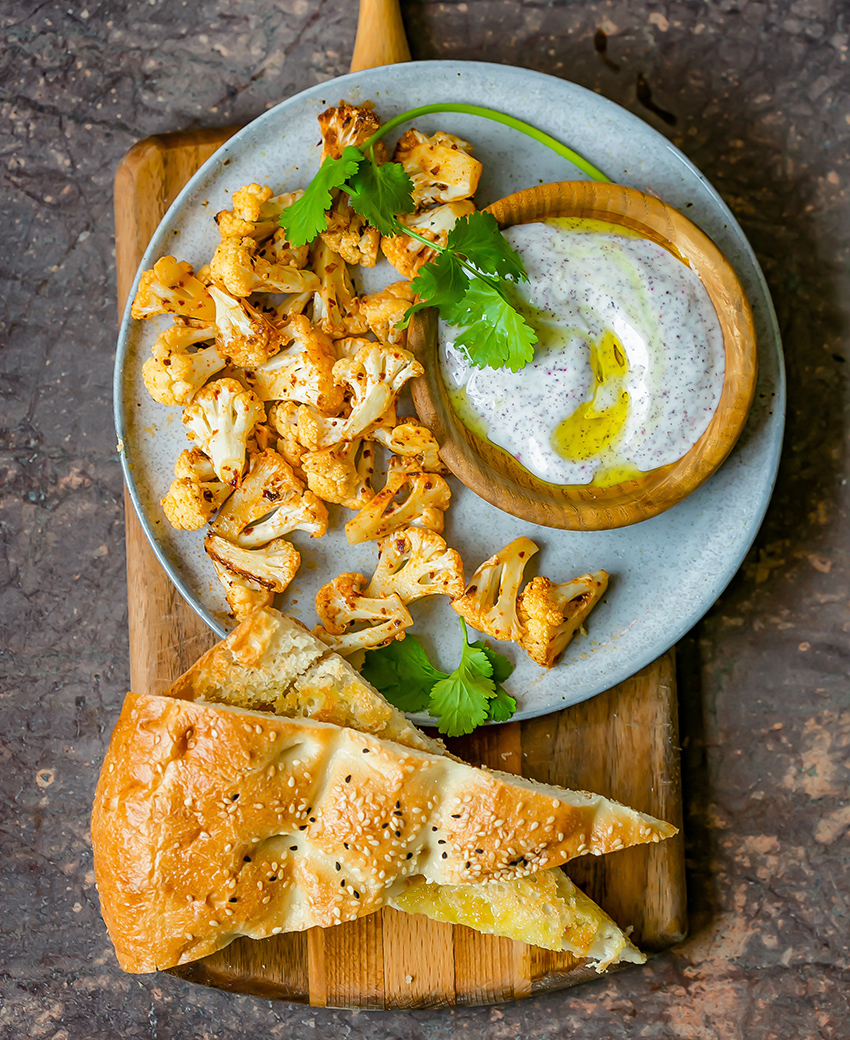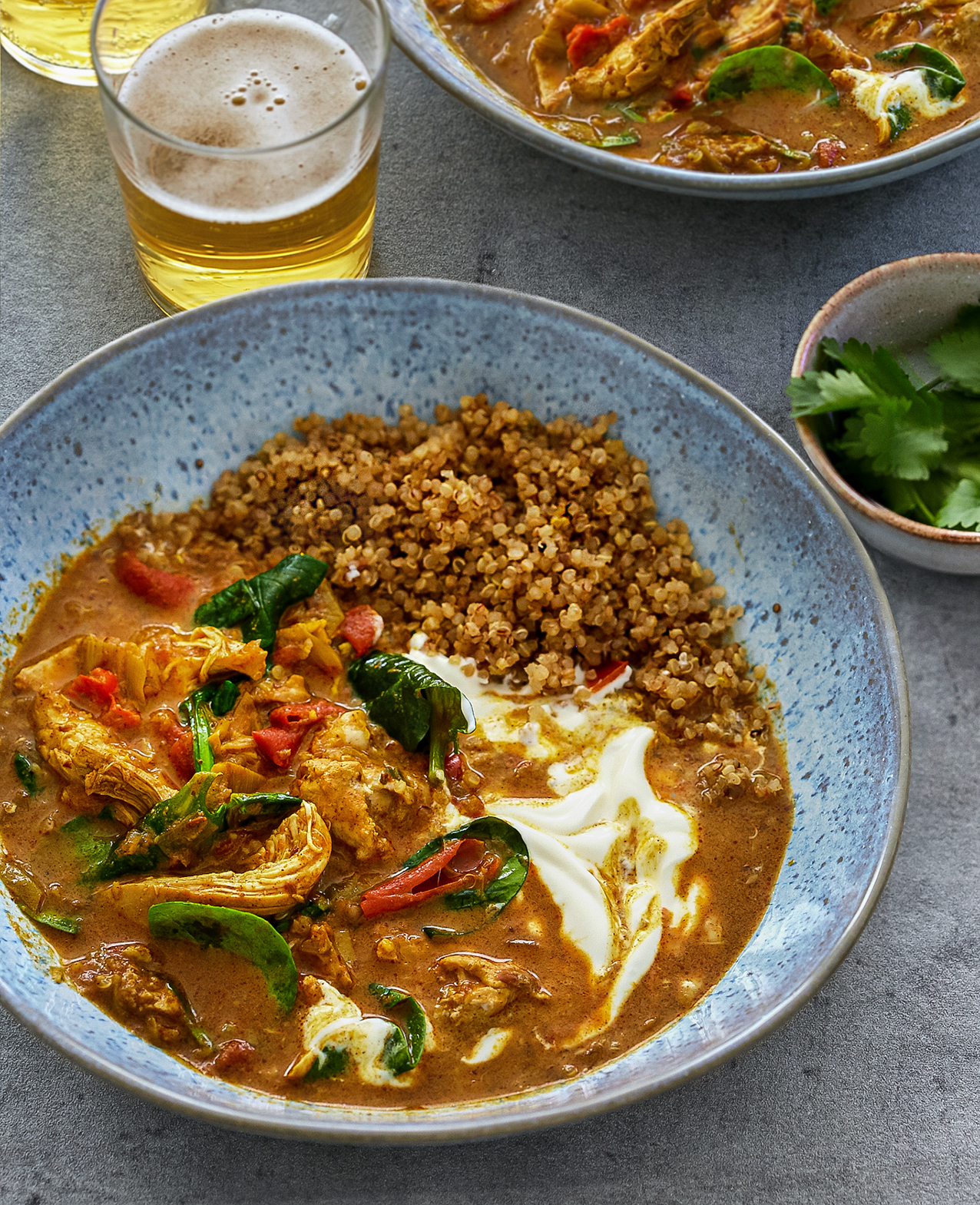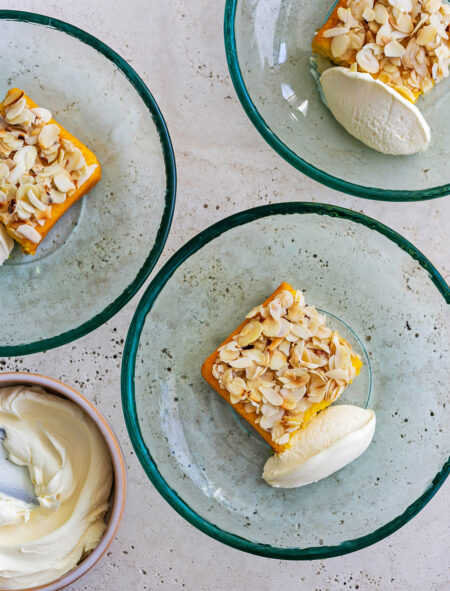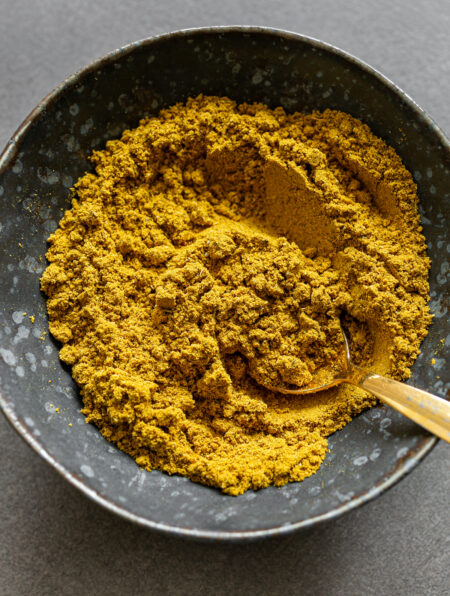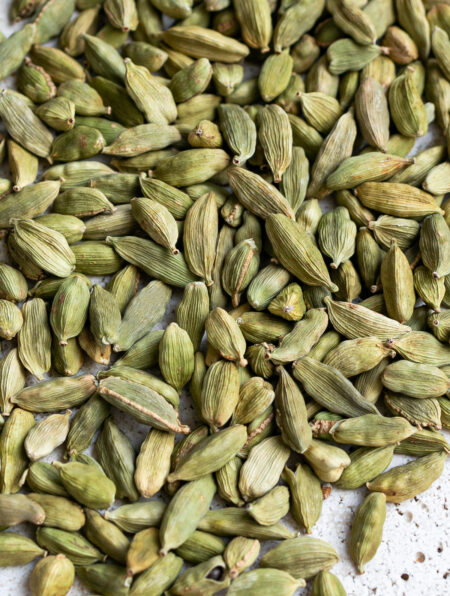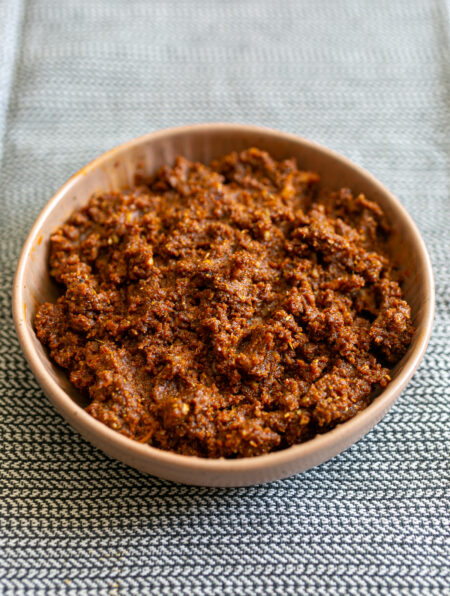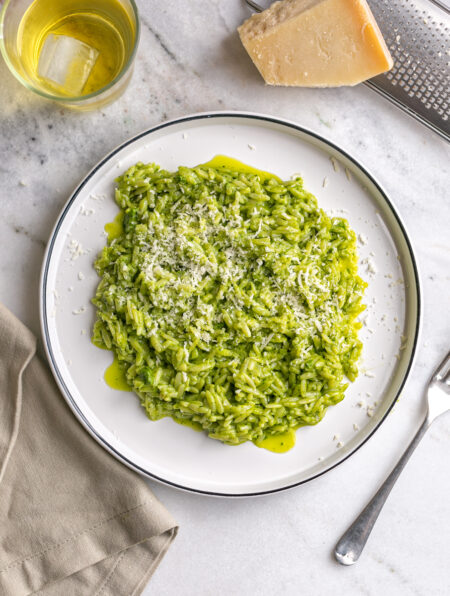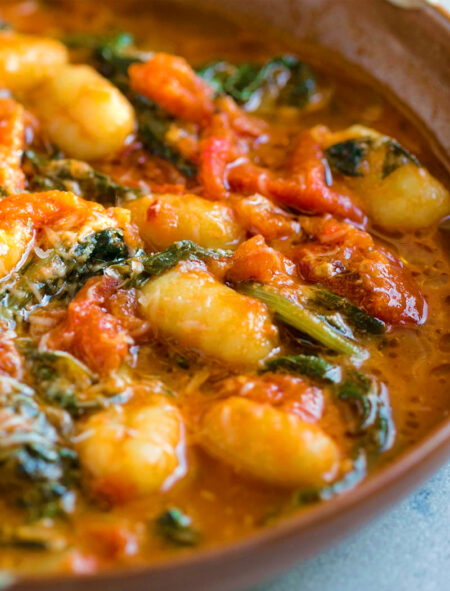What Is Sumac?
Sumac is a shrub belonging to the cashew family. It grows in wild landscapes such as rocky mountain areas and in subtropical temperatures. The plant is cultivated in the Mediterranian and the Middle East, particularly in Sicily, Turkey, Iran and some parts of Central Asia.
The History Of Sumac
The name ‘sumac’ is derived from the Aramaic word, summaq, meaning ‘red’. With a history dating back to export from the Roman Empire, sumac has been used in Middle Eastern cooking since the 13th century and was also known to be used as a dye for wood and leather due to its natural rich red colour.
In the past couple of decades, various Middle Eastern Chefs and food writers have popularised sumac and introduced it into Western cooking. The ground powder is readily available online for purchase and is found in most international spice shops.
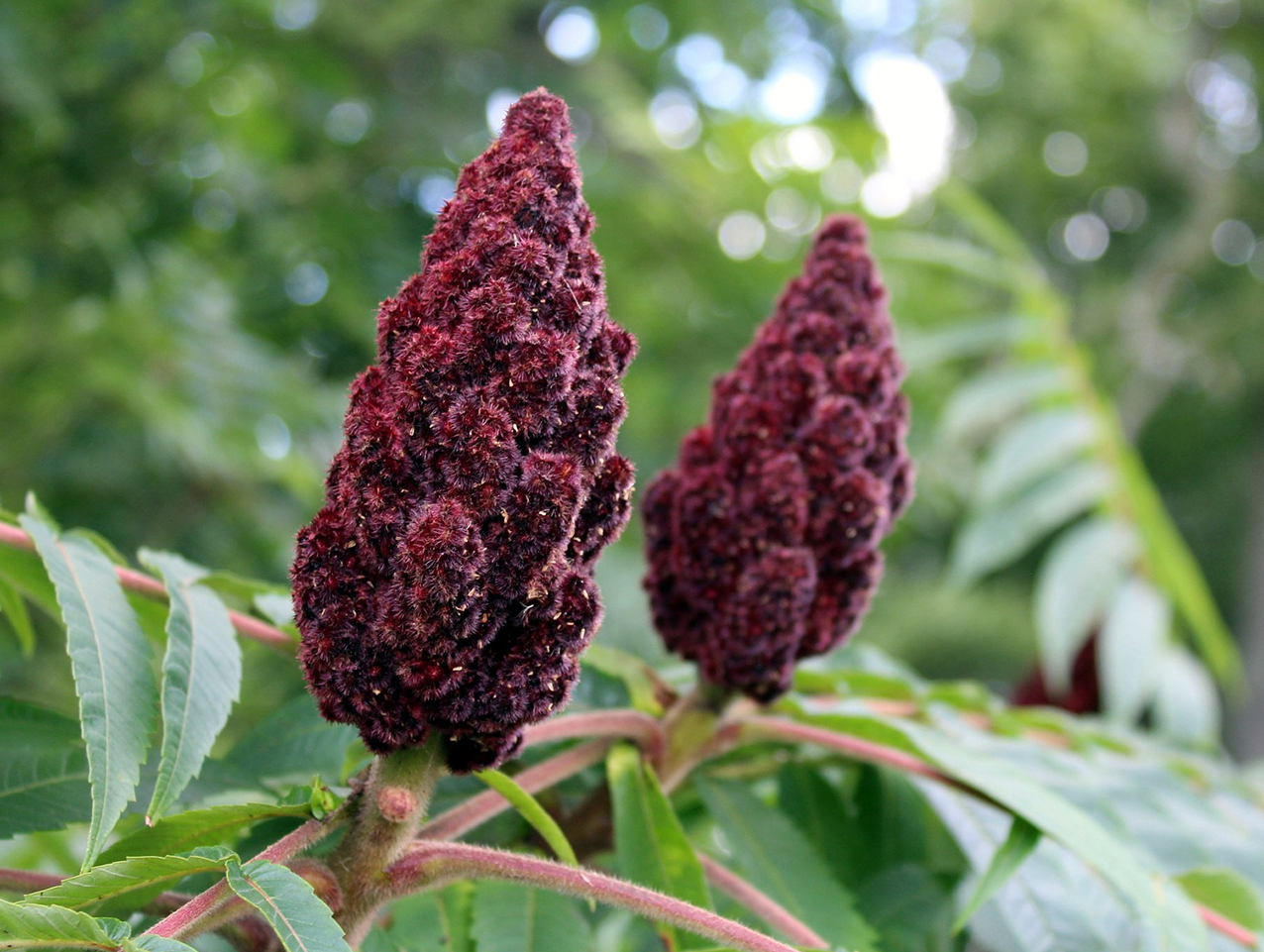
What Does Sumac Taste Like?
Sumac is made from the dried and ground ‘berries’ of the plant’s natural wild flower. The taste is tangy with a sour, acidic flavour reminiscent of lemon juice. It has a sharp tartness and adds a pleasant acidic balance when mixed with other spices. Sumac is most commonly included in the popular Middle Eastern spice-blend za’atar.
Spice Mixes
Other spices that pair with sumac are coriander seeds, cumin, nutmeg, cinnamon, anise, cardamom, allspice and juniper.
Cooking with Sumac – How do you eat sumac?
Given its bright fresh flavour, sumac can be used to enhance a wide variety of dishes. While originally used in Middle Eastern cooking, its flavour and ability to blend and enhance ingredients is so versatile, you might find yourself quite addicted to the spice, adding it to nearly everything you cook.
- Use ground sumac to sprinkle over dishes such as grilled meats, vegetables, salads, flatbreads, yoghurt and hummus. It makes a colourful garnish and adds a touch of citrusy acidity.
- Use it as a substitute for lemon juice or vinegar, or mix with salt to create a delicious zingy seasoning.
- Combine with other spices to create rubs for meat and vegetables. The popular Middle Eastern spice blend za’atar contains sumac and is delicious when added to lamb, beef, chicken and roasted vegetables. Za’atar is also the main flavour of Manakeesh (Manakish), a popular bread from Lebanon in which the dough is topped with the spice before baking.
- Use in curries along with other spices to add a tangy acidic balance.
- Sprinkle sumac over whipped feta, baked feta or over grilled halloumi cheese.
- Melt butter and add sumac just before taking it off the heat. This delicious sauce can be drizzled over poached or fried eggs, vegetables and bread.
Recipes using Sumac
Click here to view all recipes on Flaevor using sumac
Eggs
Sumac is wonderful when sprinkled on eggs or combined with butter and used as a garnish. Try this simple but delicious Poached Eggs in Sumac Chilli Butter Recipe:
Roasted Cauliflower with Spiced Butter Rice
Delicious and easy one-pot vege roast. It’s such a pleasure making and eating this dish. Za’atar, the Middle Eastern spice mix of thyme, oregano, marjoram, toasted sesame seeds and sumac provides the base of flavour, coating the vegetables and infusing pan juices and oil. At the end of roasting, you’ll find a delicious zingy sauce to spoon over soft juicy roasted tomatoes, peppers, garlic bulbs and buttery rice. Recipe here:
Pink Pepper Pork Burger
There is mixology at play with this recipe, with just the right balance of ingredients carefully blended together. The twist is using sausage meat rather than beef or lamb and the ingredients which pulls the whole thing together is the zingy sumac and spicy-fruity pink peppercorns. Recipe here:
Oven Roasted Green Beans, Tomato and Feta
Feta cheese sort of goes through a magical transformation when roasted in the oven. It becomes crumbly and the salty savoury flavour is greatly enhanced. Paired with juicy tomatoes, green beans za’atar and extra sumac, it can be served as a side dish or combined with pasta, bread or rice and eaten as a main. Recipe here:
Harissa Cauliflower Toast with Sumac Yoghurt
Harissa turns a rather bland cauliflower into a satisfying main dish when roasted and put between crusty toasted bread and served with lemony spiced sumac yoghurt. Coriander adds the extra element of freshness. Harissa Cauliflower Toast with Sumac Yoghurt:
Curries
Sumac is used as part of multi-layered spice mixes used in curries, normally added at the beginning of cooking and left to slowly cook down for hours and hours until a rich flavour is developed. Here the blend of spices including sumac works harmoniously in this quick Indian-Moroccan fusion curry recipe:

